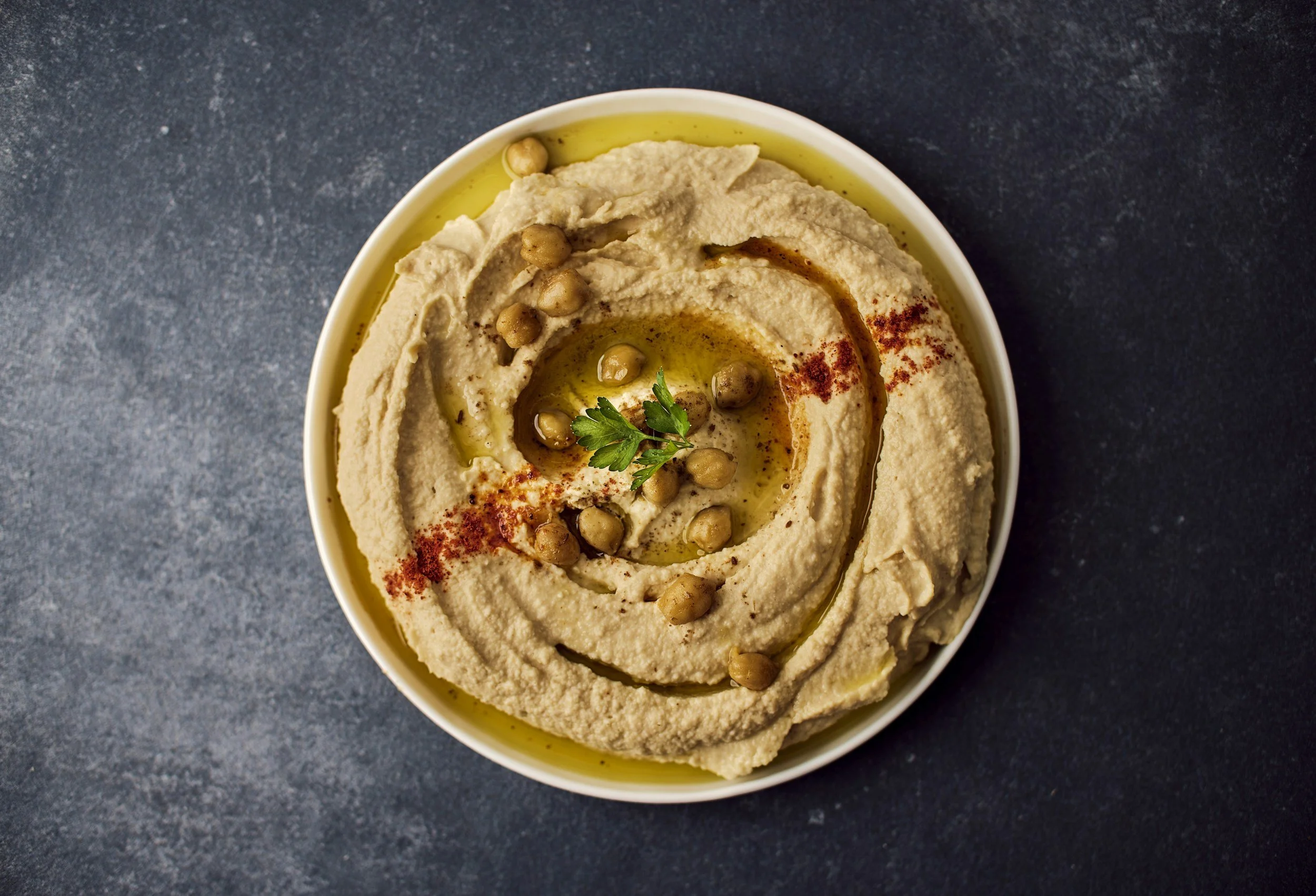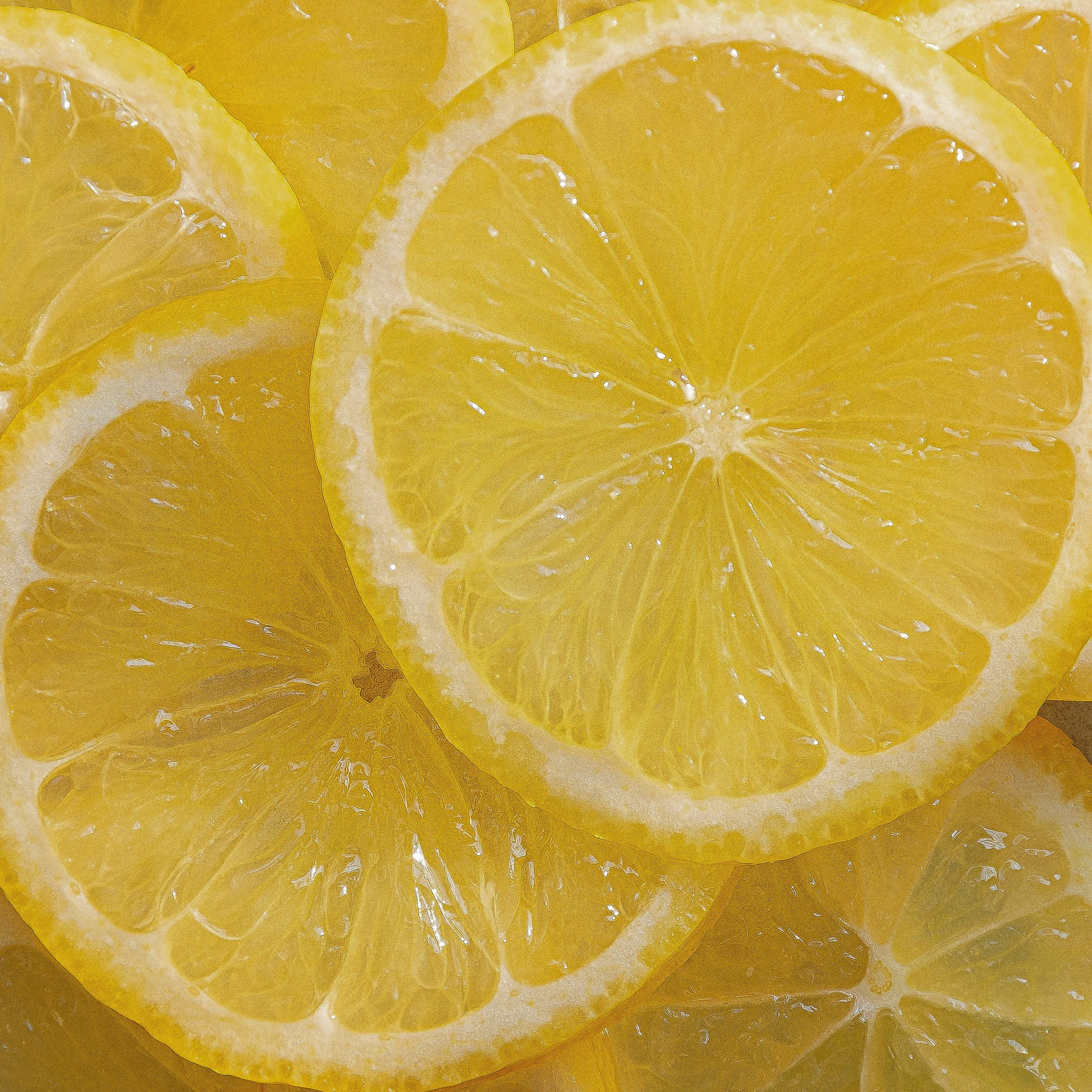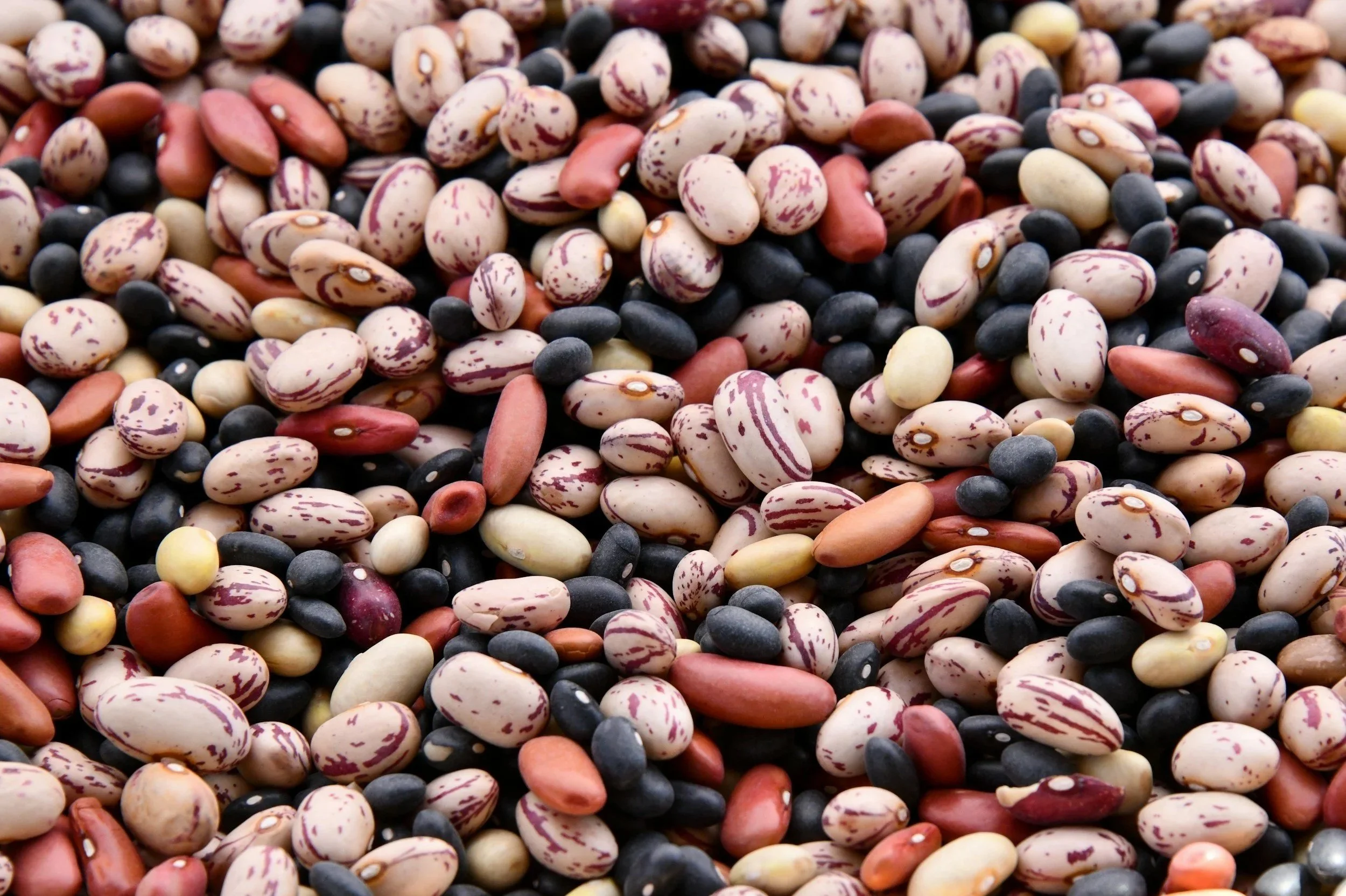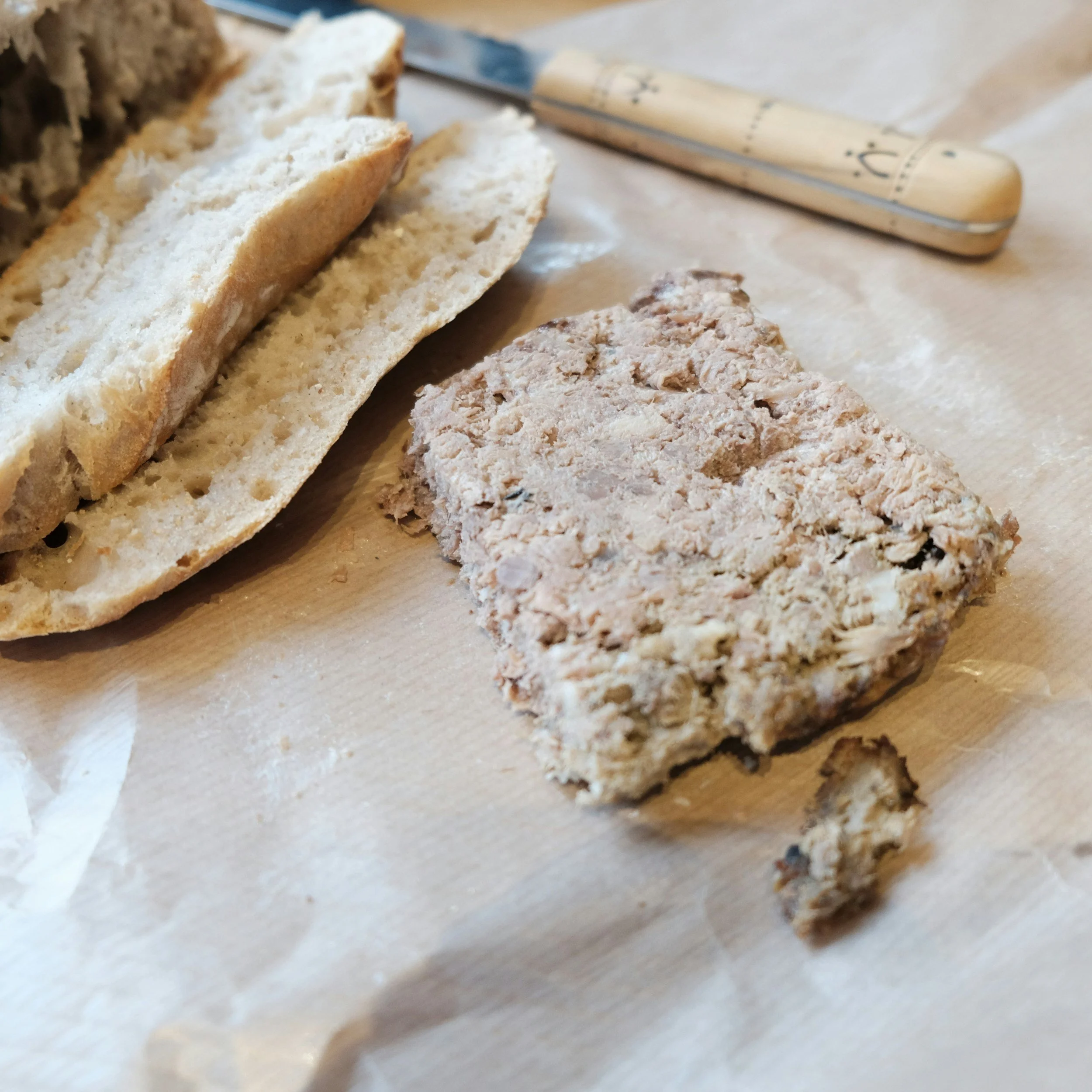Make Your Own Ancestral Girl Dinner: 12 Fridge-Friendly Foods That Last
Not every meal needs a recipe. Sometimes it just needs a spoon and a jar. These 12 make-ahead or slow-fermented foods have nourished generations — and they still hold their own on today’s snack plates.
12 Traditional, Prep-Ahead Foods for a Modern Snack Plate
Hummus
1. Hummus
A staple across Middle Eastern cuisines, hummus offers fibre, protein, and ancestral plant-based sustenance.
Ingredients: Chickpeas, tahini, lemon juice, garlic, olive oil, salt
Time to Make: 10–15 minutes
Keeps For: Up to 1 week in the fridge
Beets, for pickling
2. Pickled Beets
A traditional preservation method in Eastern Europe and the Prairies. Sweet, earthy, and acidic — perfect alongside bread or cheese.
Ingredients: Beets, vinegar, sugar, salt, spices
Time to Make: 1 hour (plus cooling)
Keeps For: 2–3 weeks (or longer)
Sauerkraut
3. Sauerkraut
Fermented cabbage rich in probiotics and history. Pairs well with cured meats or root vegetables.
Ingredients: Cabbage, salt
Time to Make: 20 minutes prep, 1–2 weeks to ferment
Keeps For: 3–6 months
Hard (or soft) boiled eggs
4. Hard-Boiled Eggs
Simple, satisfying, and protein-rich. A heritage staple across cultures — from Japanese bento boxes to prairie lunch tins.
Ingredients: Eggs, water
Time to Make: 10–12 minutes
Keeps For: 1 week (peeled or unpeeled)
— soft boiled eggs only keep for two days
Lemons, for preserving
5. Preserved Lemons
A North African pantry hero. Intensely salty and fragrant, they add brightness to grains, fish, or greens.
Ingredients: Lemons, salt, lemon juice
Time to Make: 10 minutes prep, 3–4 weeks to cure
Keeps For: 6+ months
Beans, for marinating
6. Marinated Beans
Think white beans with rosemary, garlic, and olive oil. Inspired by Italian antipasti and often better after a few days in the fridge.
Ingredients: Cooked white beans, olive oil, garlic, herbs
Time to Make: 10–15 minutes
Keeps For: 5–7 days
Labneh
7. Labneh (Strained Yogurt)
A Middle Eastern soft cheese made by straining yogurt. Creamy, tangy, and spreadable.
Ingredients: Plain yogurt, salt, olive oil (optional)
Time to Make: 12–24 hours to strain
Keeps For: 1–2 weeks
Lentils, for salad
8. Lentil Salad
Cooked lentils tossed with vinegar, herbs, and onions — a French classic that only improves with time.
Ingredients: Lentils, vinegar, onion, herbs, oil
Time to Make: 30–40 minutes
Keeps For: 4–5 days
Root vegetables, ready for roasting
9. Cold Roasted Root Vegetables
Roast once, eat all week. Beets, carrots, parsnips — these hold up beautifully cold or at room temperature.
Ingredients: Carrots, beets, parsnips, olive oil, salt
Time to Make: 45–60 minutes
Keeps For: 5–6 days
Homemade jam
10. Homemade Jam
Not just for toast. Adds sweetness to cheese, cured meats, or crackers. Traditional, shelf-stable, and a beautiful bridge between courses.
Ingredients: Fruit, sugar, lemon juice
Time to Make: 1–1.5 hours
Keeps For: 3–12 months (sealed); 3 weeks once opened
Rillettes
11. Potted Meat or Rillettes
Old-world preservation in a jar. Slow-cooked meats (often pork, duck, or fish) preserved in fat.
Ingredients: Pork/duck/fish, fat, salt, spices
Time to Make: 2–4 hours
Keeps For: 1 month (sealed); 5 days once opened
Cucumbers, ready for pickling
12. Homemade Pickles
Quick or fermented — cucumbers, carrots, or even radishes. Adds crunch, acid, and ancestral preservation to any plate.
Ingredients: Vegetables, vinegar or brine, salt, spices
Time to Make: 15–20 minutes prep; 1–3 days to cure
Keeps For: 2–3 months
Store-Bought Add-Ons with Traditional Roots
These are pantry-friendly, widely available, and require no prep — just open and serve:
Canned sardines or mackerel
Smoked salmon
Canned dolmas (stuffed vine leaves)
Castelvetrano or Kalamata olives
Fermented pickles or kimchi
Cheese curds or aged cheddar
Seeded rye crispbreads
Roasted nuts
Dried figs or apricots













